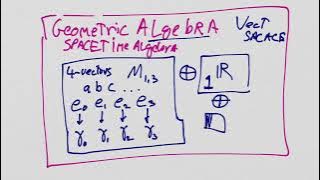Symmetric product (topology)
In algebraic topology, the nth symmetric product of a topological space consists of the unordered n-tuples of its elements. If one fixes a basepoint, there is a canonical way of embedding the lower-dimensional symmetric products into the higher-dimensional ones. That way, one can consider the colimit over the symmetric products, the infinite symmetric product. This construction can easily be extended to give a homotopy functor. From an algebraic point of view, the infinite symmetric product is the free commutative monoid generated by the space minus the basepoint, the basepoint yielding the identity element. That way, one can view it as the abelian version of the James reduced product. One of its essential applications is the Dold-Thom theorem, stating that the homotopy groups of the infinite symmetric product of a connected CW complex are the same as the reduced homology groups of that complex. That way, one can give a homotopical definition of homology. (Wikipedia).
.png?width=300)



















